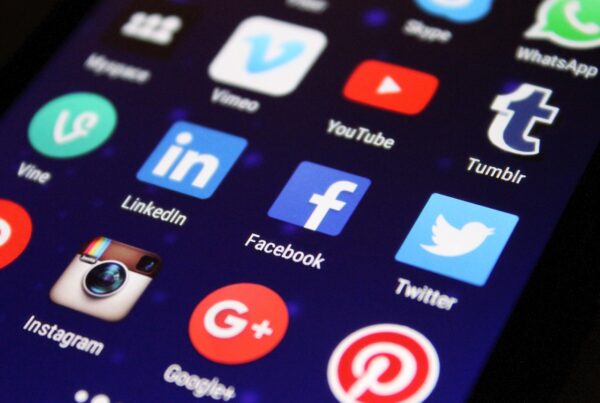#WFH: Virtual Touchpoints & COVID19
Work is not what it used to be. The workplace of the present is not the workplace of even a few years ago. The workplace has experienced enormous change in expectations, structure, content and process. Work is more cognitively demanding, team based, virtual, dependent on technology, and less restricted by time and place. This affects the worker and the organization. The worker is expect-ed to know more and be willing to continually learn, grow and change. The work itself is more complex and demanding. It requires new ways of thinking, constantly adapting and innovating. Workers inter-act differently with each other and with the organization. The organization has also changed. It is less secure, leaner, more customer oriented and flatter. The new workplace has increased time burdens, different rules and less boundaries. All of this has put enormous pressure on leaders to understand how technology has changed the workplace.
Flexible work arrangements including virtual work and flexible hours are something that workers are demanding. Workers have less long-term loyalty and more psychological self-determination. They want to participate, be appreciated, and have an identity and self-expression. Long-term organizational commitment, job security and lifelong careers are outdated. With flatter organizations, there are less guarantees and more opportunities to move between organizations.
Many companies have tried to turn back time, but the virtual workplace continues to grow. Most people who work virtually say they will never go back to the office full time. They get so much more done working virtually. Chapter 1 discusses the impact technology has had on the worker and the work place. There are many challenges to the new workplace. Innovative ideas, creative thinking and trust are needed to create an environment that sup-ports productivity.
The impact new technology has on individuals and organizational culture is immense. This constant and continuing change requires ongoing adjustments. All this change is disruptive and disturbing both to the individual and to organizations. Technological disruption shakes the very core of organizational power and control.
Virtual workers struggle with invisibility and organizations struggle with perceived loss of control and trust. Virtual relationships require communicating in different ways, ways that support both the individual and the organizational objectives and goals. Part of the challenge of the new workplace is managing the invisible and learning to listen in new ways.
Asking people to work with autonomy is asking people to be independent. Workers today value im-proved quality of work-life balance and the attraction of new learning opportunities. Organizations have to learn to lead, inspire and measure human performance in a virtual work environment. This new workplace is here to stay.
#WFH, #RemoteWorkplace, #RemoteWorker, #WorkFromHome, #BobbeGB, #BobbeBaggio, #ThePajamaEffect, #Touchpoints, #Virtual Workplace, #Virtual Worker, #PJEffect, #LinkedInNewsLive





